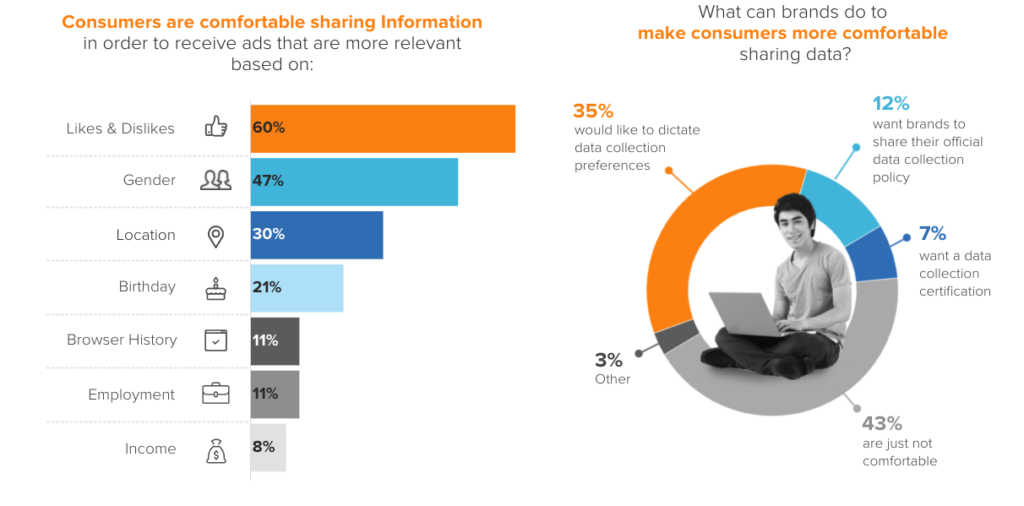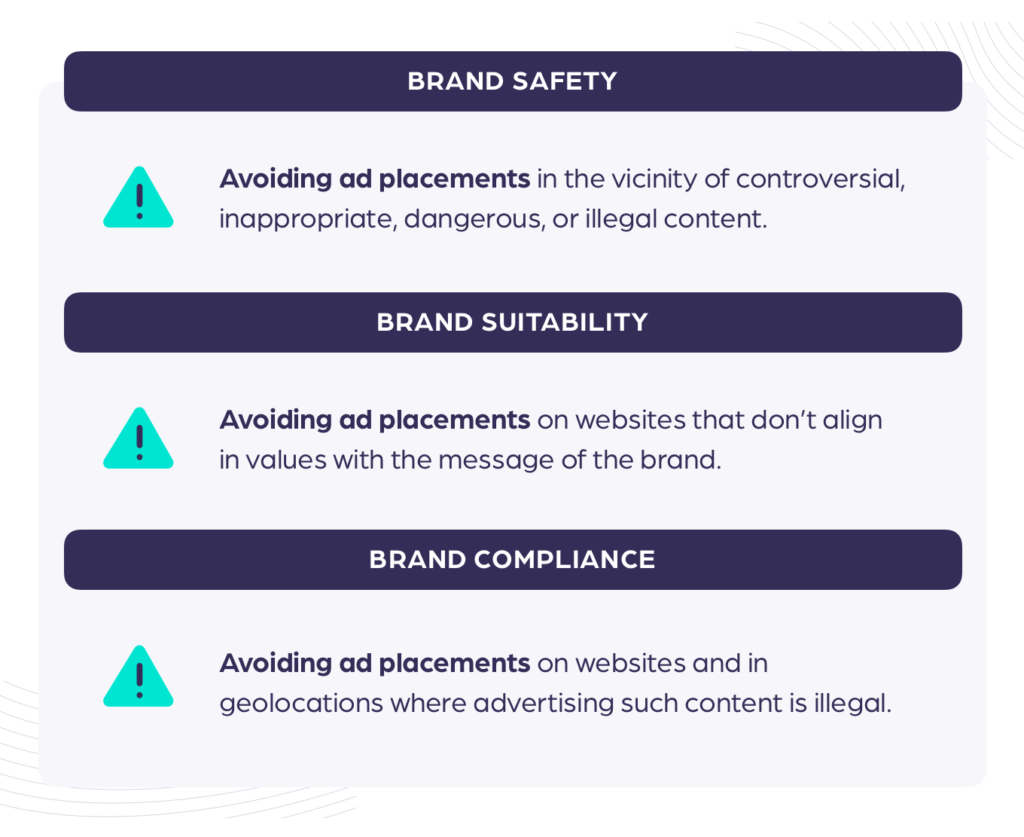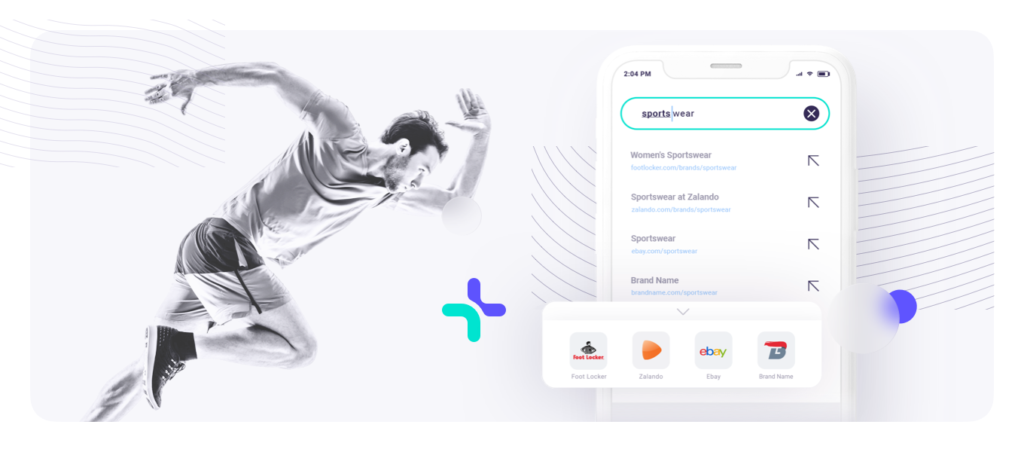For years now the advertising industry has been changing towards a more data-centric approach. New internet technologies allowed for more precision in data gathering, sorting, and utilization. As a consequence, the pursuit of accuracy in targeted advertising has gradually led to abandoning all regards for user privacy.
But there came a shift in digital marketing when browsers started introducing more user-oriented privacy settings. Third-party cookies became the villain of the story and digital advertising started developing in a completely different direction.
In 2022, we are facing a cookieless future of advertising. Here is what digital marketers can expect from 2022 and the following years.
The death of device ID
Device ID has been the backbone of digital advertising for years. After all, the majority of the population uses mobile devices, and most hold onto them at all times. There was never a better way to gather information about a person’s habits, likes, and dislikes.
In 2016, Forbes reported that people didn’t mind exchanging privacy for rewards. Sharing some of our data with a company in exchange for discounts and reward points seemed like a good idea at the time.
In 2022, that’s no longer the case. Consumers want a say in how their personal data is used and additional rewards are rarely considered a fair trade-off. In the past, advertisers relied heavily on device identifiers to track browsing habits, purchases, and downloads. But that will have to change after the results of Apple’s decision to offer users a choice. From iOS 14.5 up users have to opt-in (rather than opt-out) to be tracked by every single app they have installed on their devices. As it turns out, the monthly opt-in rate has not exceeded 25%.

Since then, there’s been a shift in advertiser spending towards Android devices. Losing granular data has pushed many marketers to look for other options. However, as stated in one of Google’s policy updates, from April 2022, regarding all Android phones, tablets, and Android TV:
“[…] when a user opts out of interest-based advertising or ads personalization, the advertising identifier will not be available. You will receive a string of zeros in place of the identifier.”
Consequently, device ID might not be the most reliable identifier going forward.
The renaissance of contextual targeting
Behavioral data is steadily becoming harder to obtain. Because of growing restrictions and expanding privacy control for users, the data supply chain is breaking down. So how can advertisers make sure that ads are reaching the desired audience?
There are multiple strategies for navigating the cookieless, privacy-oriented industry. But one of them has a clear advantage in terms of durability. That’s contextual targeting.
According to Statista, 68% of marketers in the United States are familiar with contextual advertising. This is, perhaps, the most native form of advertising, which focuses on matching ads with the theme of what’s currently at hand, rather than browsing history and habits. A recent study also suggests that contextually matched ads are easier to remember and are viewed as an integral part of the reading experience.
“Endemically matched ads, or those that align with and match the surrounding content based on vertical (e.g. auto ad near auto content), drove a 23% lift in activation within the part of the brain responsible for memory of practical details, which includes key messages, calls to action, and branding elements.“
What’s more, while browsing history can be wrong (as is in the case of shared devices or ads for a product appearing long after the product has been purchased), placing ads in the relevant context ensures that the reader is looking at an ad of something they’re actively learning about.
While relying on data, and especially third-party cookie data, used to be considered the most efficient method of targeting, it’s always been unclear whether it pays off. In 2019, WSJ reported that “publishers only get about 4% more revenue for an ad impression that has a cookie enabled than for one that doesn’t.”
The price they’re willing to pay, however, is disproportionate.
User experience comes first
Cookies are going away because consumers were fed up with them. Digital advertising went to great lengths to serve as well-targeted ads as possible. Many users began to feel watched and even listened to.
So how can the advertising market change to accommodate the needs of the consumers?
Apart from the above-mentioned solution – contextual advertising, there are further steps that need to be taken to ensure a good consumer experience. People hate to be interrupted. They find it uncomfortable to be followed, and they prefer shopping in apps to websites.
According to a study conducted in 2020, 43% of respondents are not comfortable with sharing information to receive more relevant ads and 35% would like to dictate data collection preferences.

It has been found that consumers use emotions rather than information in evaluating a brand. It is likeability that drives purchase decisions, not legitimacy, information, and claimed superiority of the product. Hence, the future of advertising will focus on creativity and unobtrusiveness. Autoplaying video ads and audio ads on music streaming services are considered to be annoying by over 50% of respondents. These are not the recommended strategy for 2022.
Advertising and seamless experience can go hand in hand. For example, choosing in-app mobile advertising and direct partnerships should provide a better result than interstitial advertising. What’s more, in-game advertising is yet another option to display ads in a non-disruptive way, possibly in a contextually relevant environment. On the other hand, research and case studies were the most trusted forms of advertising.
Brand safety as an indispensable part of digital advertising
Brand safety is an existing issue that gets increasing attention due to arising social conflicts and issues. In 2017, there was a series of incidents where ads were displayed next to offensive content on the YouTube platform. It resulted in many advertisers moving their campaigns to other advertising platforms.
As a part of a smooth user experience, displaying adverts in an environment that creates negative associations is something every advertiser is actively trying to avoid. And while most advertising platforms are doing their best to adhere to brand safety standards, the advertising dollars of big brands will flow towards the most brand-safe options. And so should yours.
Keeping online ads in a safe and suitable space can be achieved in a variety of ways.
- Whitelisting and blacklisting keywords in contextual advertising allows brands to narrow down the context in which the ads appear. Companies can not only block keywords with intrinsically negative connotations, but also those that don’t match the theme of the brand.
- Private deals and buying directly from a publisher is a strategy that allows for complete control over the ad space and its context. In that case, the quality of the ad space depends on the publisher. As long as there is a proper context moderation system in place, direct access to the publisher’s inventory can provide the most value.
- Brand-safe ad formats are, of course, the ideal solution. Intent-based advertising is about displaying ads in circumstances where customers are actively searching for a product. Ad formats like Search Autocomplete or Tiles offered by NewProgrammatic meet the highest standards of brand safety by taking consumers straight from the search bar to the brand’s website. Cutting out the middle step of displaying an ad in context.
The future of advertising lies in brand-safe environments. Read the article on the importance of brand safety to learn about how brand-safe ad formats can improve your business.

The future of digital ads lies in user willingness to opt-in
Sooner or later, third-party cookies are going away. Giving a chance to opt-out of being tracked proved just how much the world doesn’t appreciate the notorious tracking practices. However, there is a large part of users who are willing to share their data for an enhanced experience.
There is no place for third-party data in the future of advertising. The Internet has made it clear – tracking cookies and rampant data sharing is not something that enhances the browsing experience. First-party data, on the other hand, gives advertisers the ability to target users who want a more personalized experience.
After all, sharing one’s habits and transactions in exchange for being the first to know about promotional campaigns and trends seems like a fair deal to 44% of users according to one study.
Unfortunately, the definition of acceptable personalization varies from one consumer to another. Delivering messages with the right content at the right time can, however, be facilitated through the use of first-party data which is more likely to be shared by the consumer.
“74% of consumers are willing to share preferences, interests, and demographic information directly with brands if that would improve their online shopping experience.”
Video advertising as the key to reaching younger audiences
The younger generation is driving up the statistics for video ads. According to Forbes, there is a clear societal shift where teenagers and young adults are moving away from social media platforms like Facebook and Twitter (which are now filled with political content) and towards visual-based platforms like Snapchat, Instagram, YouTube, or TikTok.
Advertisers who intend to engage the younger generation of consumers, need to remember that the requirements for grabbing user attention will be completely different. For once, video content and human creativity are what gets the attention.
With Apple’s App Tracking Transparency framework making it more difficult to track engagement, video advertising can give brands newfound leverage. Cisco estimates that video will account for 82% of internet traffic globally by 2022. Expert predictions also see the rise in popularity of user-generated content and AR and VR content.
The next decade is bound to see many technological advancements and a lot of them will be tied to video. Multiple platforms with social aspects invest in more video making and sharing options for the community and the advertising industry is following right behind.
Companies who want to appeal to younger users should adjust their creative messaging to make it suitable for social media. Studies have found that ads on TikTok are more memorable than those found on other platforms. The future of advertising depends largely on the younger audience and so far it seems that video ads are in high demand.
Mobile takes over the advertising industry
While spending on desktop advertising is facing a slight decline, mobile advertising keeps growing. And while this is not news to anyone from the technology industry, the continuous growth of mobile advertising means that in 2022 more brands will shift their budgets.
Adoption of mobile devices has always been high for younger demographic groups, however, there has been a rapid growth in the percentage of older adults who now own a smartphone.
As of 2021, 96% of those aged 18 to 29 and 61% of adults over 65 own a smartphone. What’s more, while it’s still the smallest number out of all the age groups, the percentage of older users who use social media has grown four times in the past decade.
In 2022, social media apps are most frequently used on mobile devices and customers prefer shopping via apps over the browser version of the shop website. They’re also 200% more likely to engage with the brand through mobile devices.
What’s important to remember is that mobile advertising only works if it’s done well. Companies that run promotions and create engagement strategies for mobile devices need to remember one thing – optimization is key. Slow loading time, issues with image display, or bad user experience are likely to deter users from seeking that brand’s services again.

Conclusions
The future of advertising lies in inobtrusive technology that follows the latest privacy directives and provides a high-quality user experience. The choice of sharing data belongs to every consumer. The value provided by companies will determine how much of that data will be shared. And if you don’t have the means to shape the brand’s relationship with consumers, you need to switch to privacy-oriented contextual advertising.
NewProgrammatic provides ad formats that can shape the future of digital advertising.




